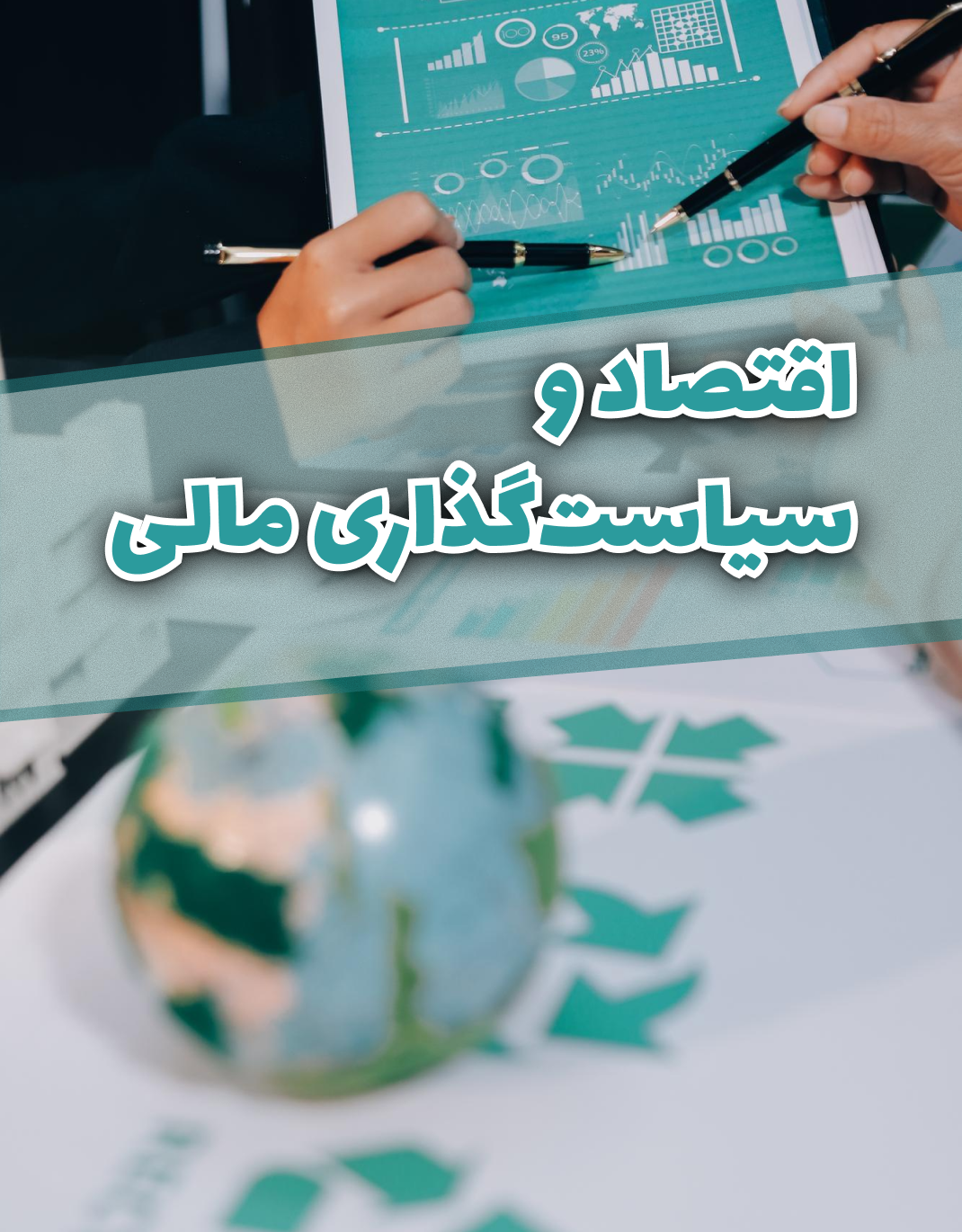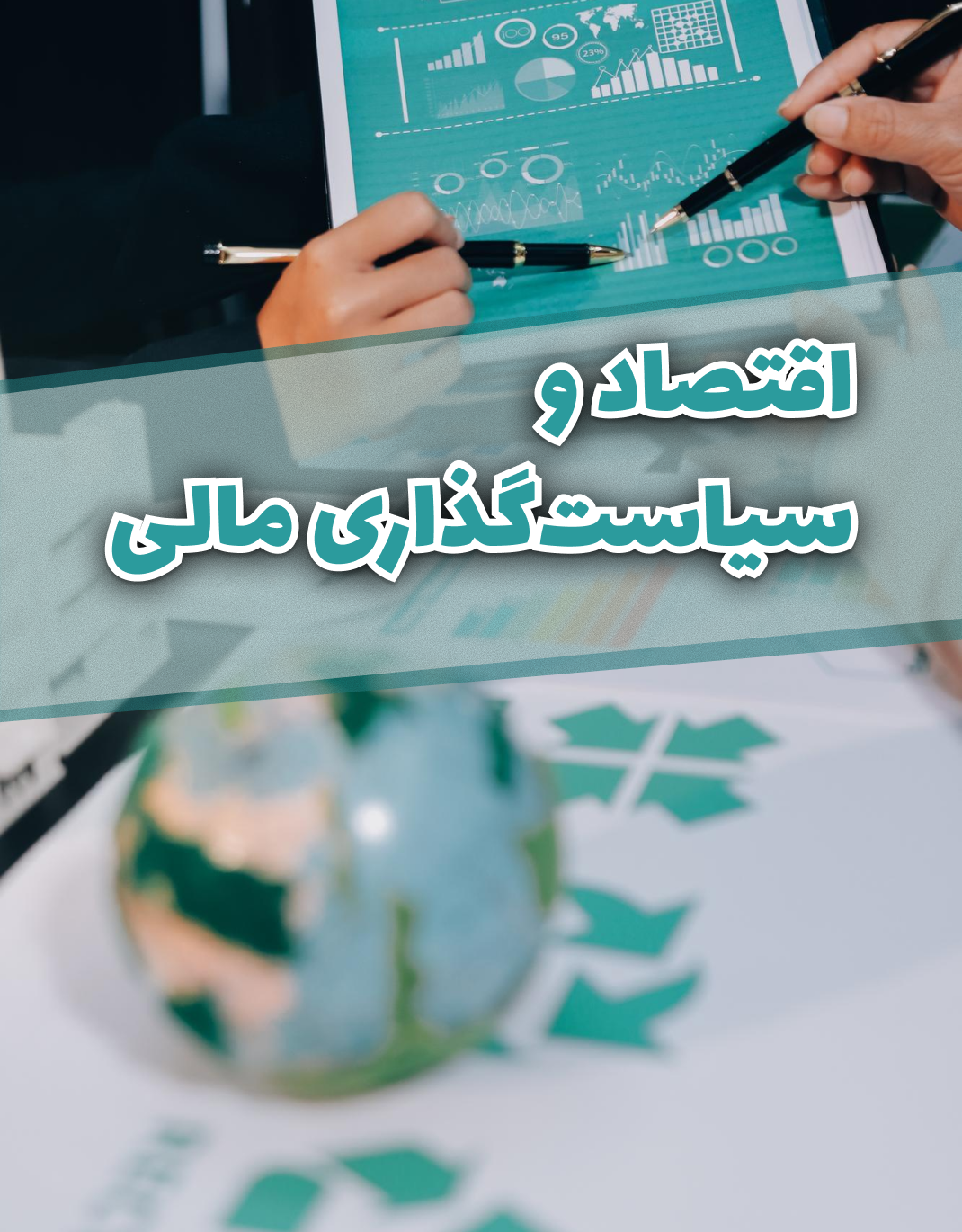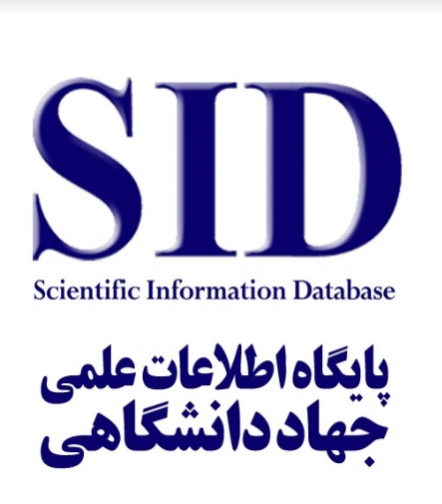Enterprise Ownership or Enterprise Creation; The Approach of Development Banks
Keywords:
Economic development, development banks, financing, enterprise creationAbstract
Financing infrastructure projects and industrial development initiatives has always been one of the main challenges faced by developing countries, in which development banks can play a significant role. Development banks are financial institutions whose primary function is to provide long-term financing for productive and infrastructural sectors, often accompanied by technical and managerial assistance. The activities of these banks, due to their developmental nature, differ fundamentally from those of commercial banks. Commercial banks generally aim at generating profit and maximizing shareholder wealth by extending loans that are short-term, quick-yielding, and low-risk. In contrast, development banks, through mobilizing and allocating medium- and long-term resources, encouraging and facilitating private sector investment, and offering expert technical services in legal and economic domains, seek to address investment-related challenges. The present study, using a descriptive method, examines the financing mechanisms of selected development banks in various countries and their role in investment and economic development. The findings indicate that equity ownership in enterprises and providing their financial needs, with a defined exit strategy—referred to as enterprise creation—is among the common approaches adopted by these banks. This approach, for reasons such as reducing information asymmetry between lenders and borrowers, mitigating agency problems, aligning the interests of enterprises and banks, and granting enterprises long-term access to financial resources, can play a critical role in capital formation. Therefore, in the current state of the Iranian economy, where the need for investment is strongly felt and where information asymmetry increases the likelihood of diverting credit toward non-productive activities, adopting this approach in financing can pave the way for higher levels of development and economic growth in targeted sectors.
Downloads
References
Afrikan Development Bank. (2020). Egypt: Boosting water supply and sanitation. AFDB Report.
Amsden, A. H. (2001). The rise of the rest: Challenges to the West from late-industrializing economies. Oxford University Press.
De Luna-Martinez, J., Vicente, C. L., Arshad, A. B., Tatucu, R., & Song, J. (2017). Survey of national development banks. World Bank Group. http://documents.worldbank.org/curated/en/977821525438071799/2017-Survey-of-National-development-banks
Dehghan Dehnavi, M. A., Azizi Sales, S., & Roshani, K. (2019). The role of development banks in credit guidance. Money and Development Conference, Allameh Tabataba'i University Faculty of Economics.
Hu, B., Schclarek, A., Xu, J., & Yan, J. (2022). Long-term finance provision: National development banks vs. commercial banks. World Development, 158, 105973. https://doi.org/10.1016/j.worlddev.2022.105973
Jiang, S., Xia, J., Xu, J., & Yan, J. (2023). A theory of national development bank: Long-term investment and the agency problem. Economic Theory, 76(3), 995–1024. https://doi.org/10.1007/s00199-023-01492-3
Khosravi, M. (2021). Types of banks in the banking industry: Development banks. Islamic Parliament Research Center of Iran.
Mousavi Asgari, M. M., Karimi Rizi, M., & Mostafavi, A. (2017). Financing infrastructure projects based on the risk-sharing model through the issuance of Istisna’ sukuk by the government. Islamic Financial Research, 7(1), 13.
Musacchio, A., Lazzarini, S. G., Makhoul, P., & Simmons, E. (2017). The role and impact of development banks. World Bank Working Paper.
Ojo, O. (2013). The role of development banks in developing economies: Challenges and opportunities. Journal of Economic Behavior & Organization, 86, 91–104. https://doi.org/10.1016/j.jebo.2012.12.003
Poursefer, Z., & Masoumi Nia, A. (2022). Analysis of the relationship between banks’ enterprise ownership and Iran’s economic growth. Iranian Political Sociology Monthly, 5(7), 823–848.
Roshani, K., Azizi Sales, S., & Amiri, R. (2019). Issues surrounding credit guidance policies in the economy. Sixth Annual Conference on Resistance Economy: Banking System in the Service of Production.
Valipour Pashah, M., & Afzali, M. A. (2015). Development banking in the international financial system. Economic Updates Quarterly, 144, 1–18.
World Bank. (2016). Financing for development: World Bank Group approach to mobilizing financing for development. World Bank Group.
Downloads
Published
Submitted
Revised
Accepted
Issue
Section
License
Copyright (c) 1404 Majid Karimi Rizi (Author)

This work is licensed under a Creative Commons Attribution-NonCommercial 4.0 International License.


